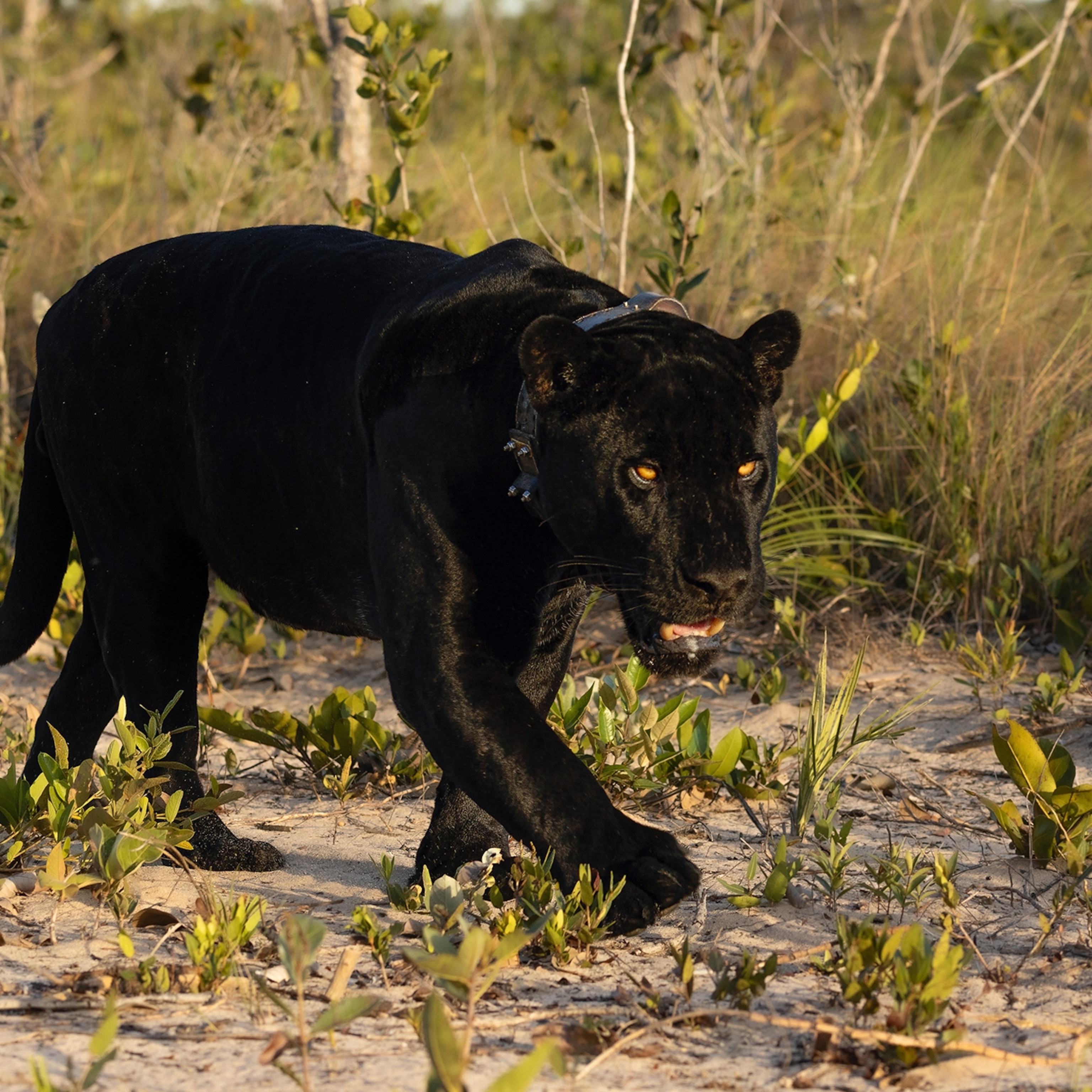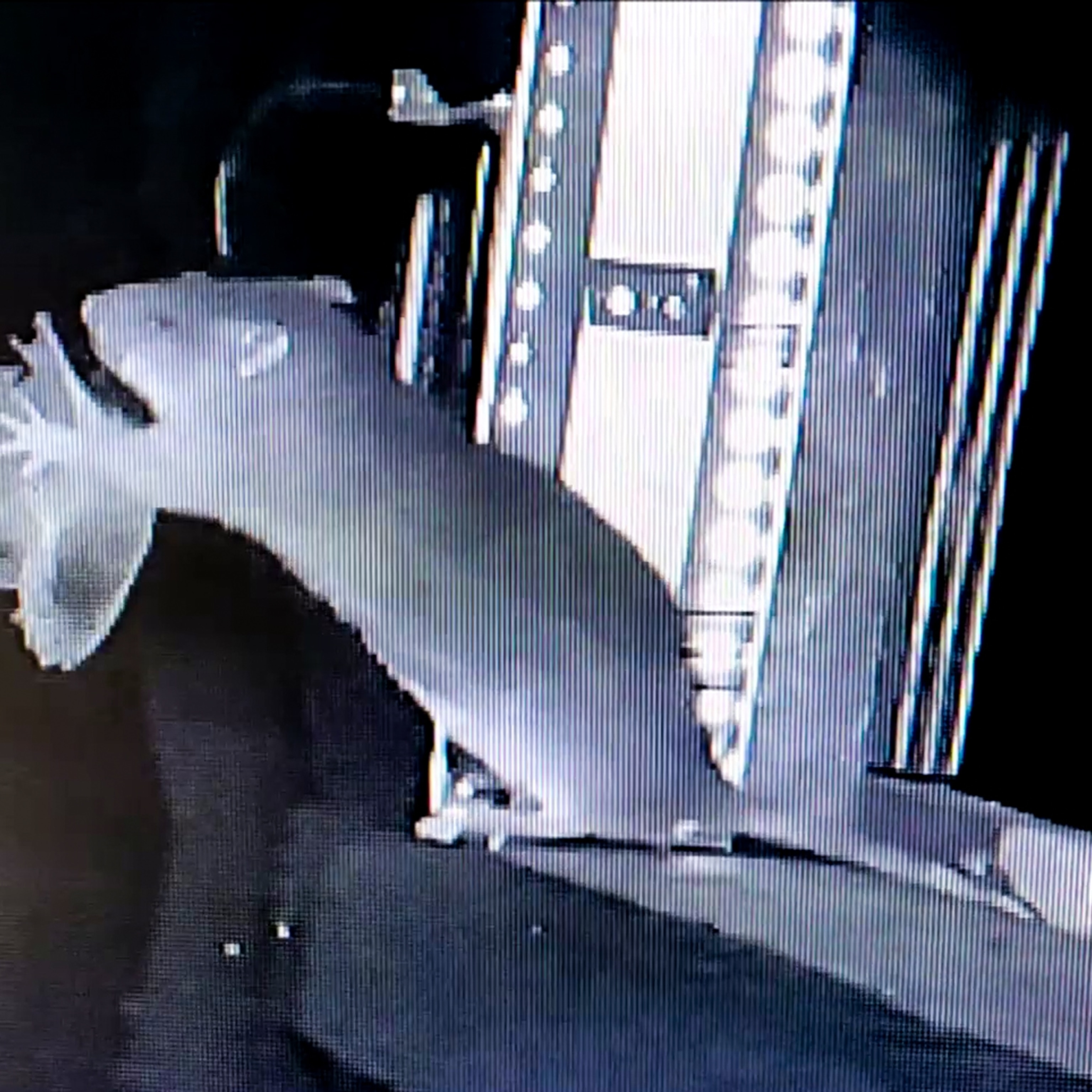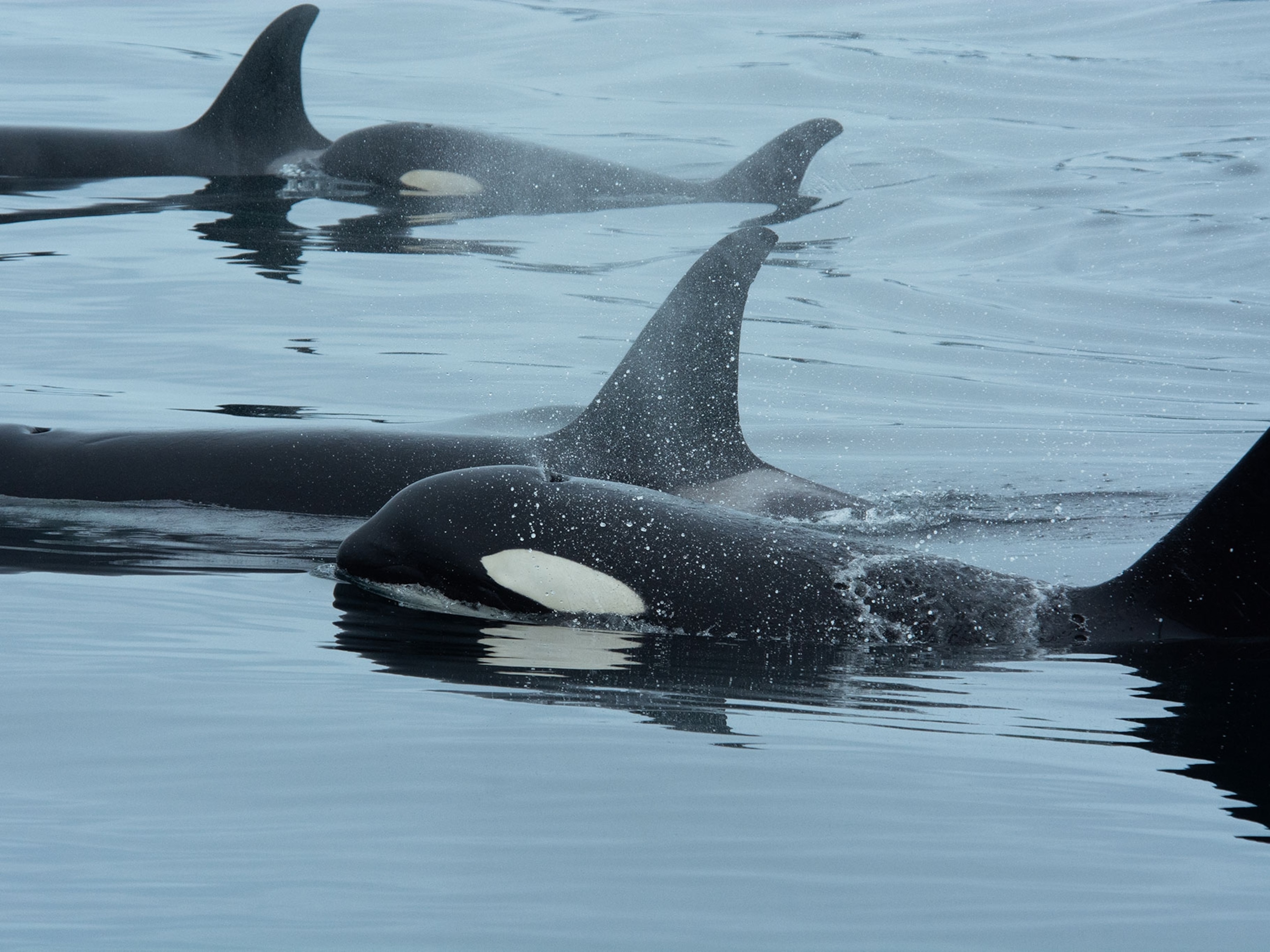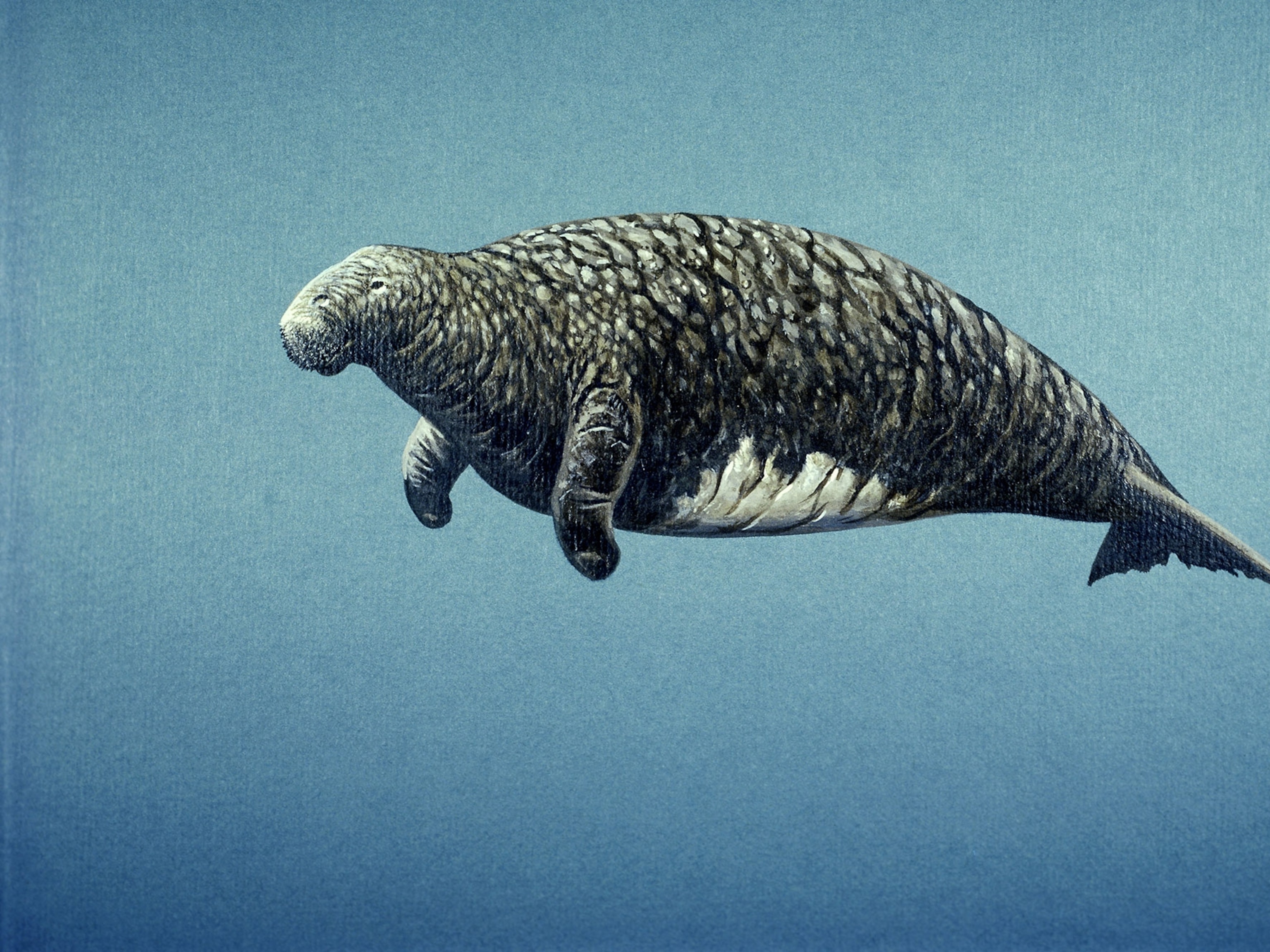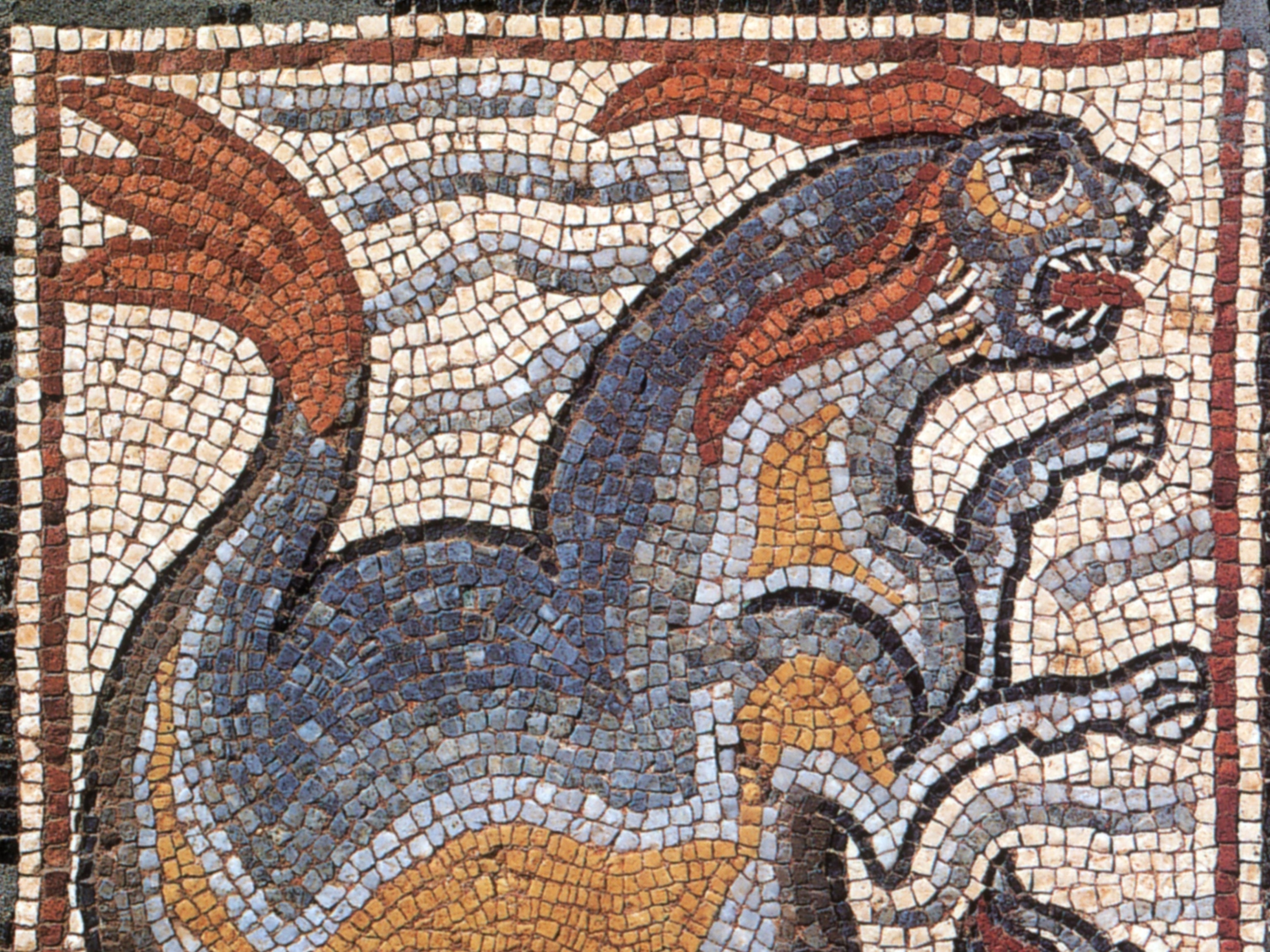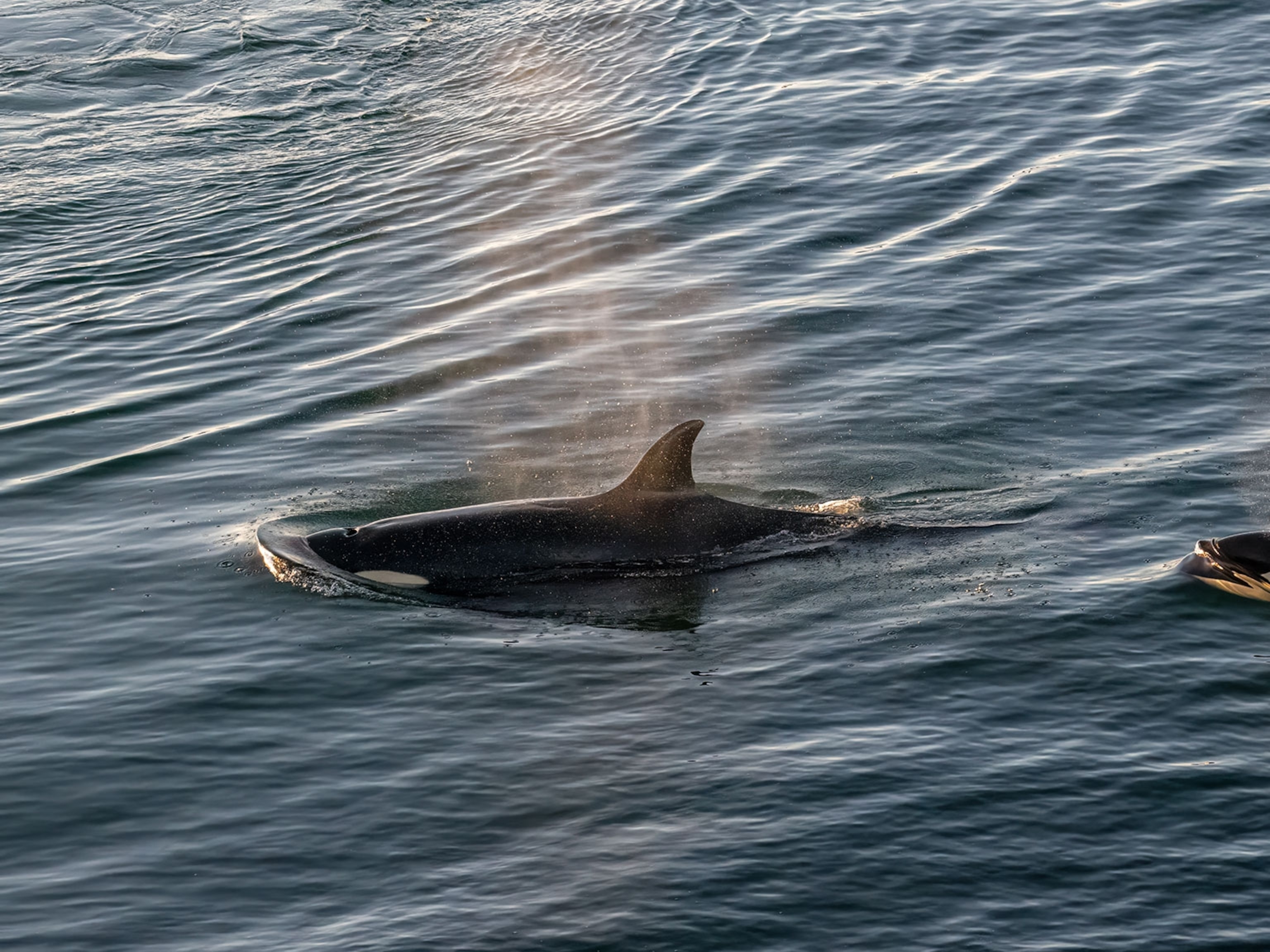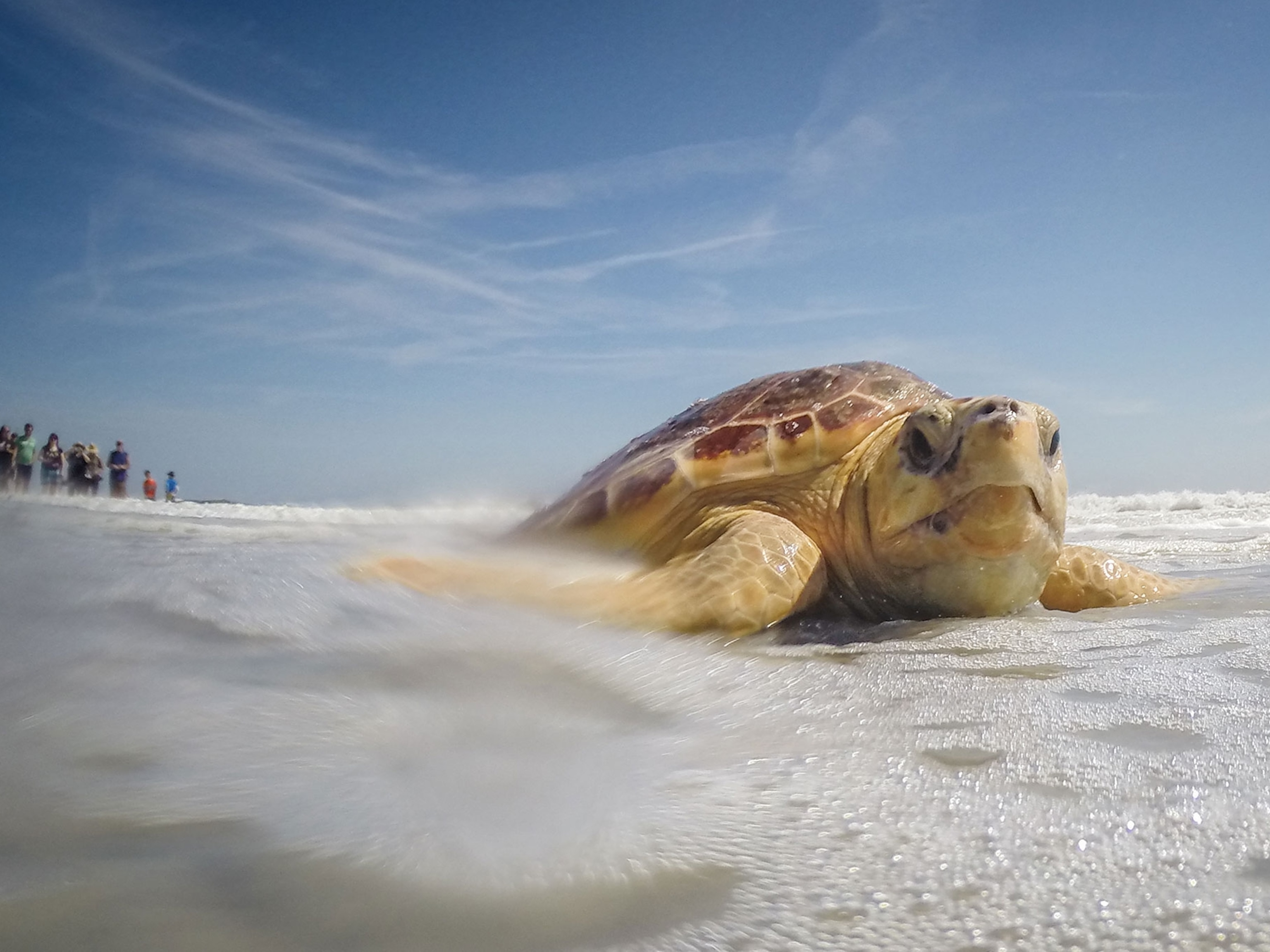SANTA ROSA NATIONAL PARK, COSTA RICA—It's just after 10:30 p.m. and the Milky Way decorates a moonless sky over Costa Rica’s Playa Nancite, a remote, half-mile-long beach. Surf-size waves crash on the coast as our National Geographic team waits for one of the world’s most mysterious migrations: a flotilla of olive ridley sea turtles coming ashore to build their nests.
Our headlamps glow red so that we don’t distract the animals, but every once in a while we flash white rays over the sand to get a better look at the scene in front of us.Like zombies, thousands of the two-foot-long turtles march up to the beach over the next few hours. They’re making their way ashore to nest, but some will become dinner for another animal: the jaguar.
The crew of National Geographic Wild’s Untamed with Filipe DeAndrade is hoping to capture the plight of the turtles as they make their annual journey to this nesting site, and to be among the few who have witnessed jaguars feasting on them.
"I hope to hook people with the power of the jaguar but to make them fall in love with sea turtles in a way that they respect their importance in the natural world,” DeAndrade says, sitting on a tree stump. "Even if people are aware of their importance, I think that's enough.”
All you can eat
Restricted to researchers, Playa Nancite in Santa Rosa National Park is the backdrop for the second season of Untamed. The energetic 31-year-old Brazilian-American filmmaker Filipe DeAndrade hosted the wildlife series' first season, filmed in 2016 in New Mexico's Bosque del Apache National Wildlife Refuge. (Read a behind-the-scenes look at season one.)
Whereas the first season focused on the rarely seen habits of North American wildlife, this new season zooms in on Costa Rican flora and fauna, with the first episode focusing on one animal relationship: jaguars’ predation on sea turtles. Nearly a decade ago, DeAndrade caught wind of this interaction when he was watching a nature documentary that briefly referenced it.
"When you see a big cat on the beach eating a reptile, it leaves you with more questions than answers," says DeAndrade. "So for me, it sparked an interest and it made me want to investigate why this was happening, how this was happening, and what it meant to the ecosystem that it was happening in.” (Watch: Over 100,000 Sea Turtles Nest at the Same Time. How?)
Sea turtles are easy prey for jaguars because they’re simple to kill, says Luis Fonseca, a researcher and biologist featured in Untamed. And Playa Nancite is uniquely positioned for this relationship because it’s one of a dozen or so beaches where the turtles nest in mass events several times each year. Called arribadas, these mysterious migrations happen about once a month in the dark moonless nights leading up to a new moon.
"What defines an arribada is that really precise synchrony," says biologist and Untamed expert Vanessa Bezy. “The night before, we might not have any [turtles] nest at all and then, all of a sudden, all the turtles arrive to nest at the same time."
Turtles are solitary creatures, so this group behavior seems unusual. In the past, researchers have theorized that winds, lunar patterns, or rainfall might help trigger arribadas, but the exact reason for these events remains unclear.
In November 2017 when this season was being filmed, 53,932 sea turtles scooted ashore in Nancite, turning the beach into a minefield of slowly moving carapaces—a buffet for the area's jaguars.
Fonseca says the number of jaguars predating on turtles could be increasing because jaguar populations are growing and getting closer to the beach, or it could be something else. Years ago, coyotes and coatis used to prey on sea turtle eggs, but as the environment changed, these predators faded out and jaguar numbers increased.
“The arribada is basically a free-for-all for the jaguar,” Bezy says.
Hunting the hunter
The turtles may have been easy to spot, but the other half of this duo is much more elusive. The largest of South America’s big cats, jaguars once roamed freely through the continent but today are found only in remote pockets.
Unlike other cats, jaguars thrive in water, hunting fish and caimans in addition to turtles. They’ve also been known to eat larger animals like peccaries, deer, capybaras, and tapirs. The big cat’s name comes from the Native American word yaguar, which translates to “he who kills with one leap.”
"The jaguar is more like a spirit,” says DeAndrade, who has filmed other big cat species. “It's elusive. Trying to find a creature that is ancient in a way is one of the most challenging things I've ever done.”
The mission to capture this big cat on camera has led the Nat Geo crew all through Santa Rosa. While most of the crew was at Nancite, another crew member saw a jaguar at Naranjo Beach, a stretch of sand about 12 miles away. So, the crew packed up hundreds of pounds of camera equipment and hiked to Naranjo.
Then, when a jaguar was seen back in Nancite, the crew hurried back to that beach. The two-and-a-half-hour night hike sent us wading through a low-tide estuary while monitoring for crocodiles, then scrambling up and down jagged rocks to get to Playa Nancite. Despite our best efforts, we didn’t see a jaguar—that night, at least.
“The animals are always doing their part, even if they're not cooperating with what I want,” DeAndrade says.

